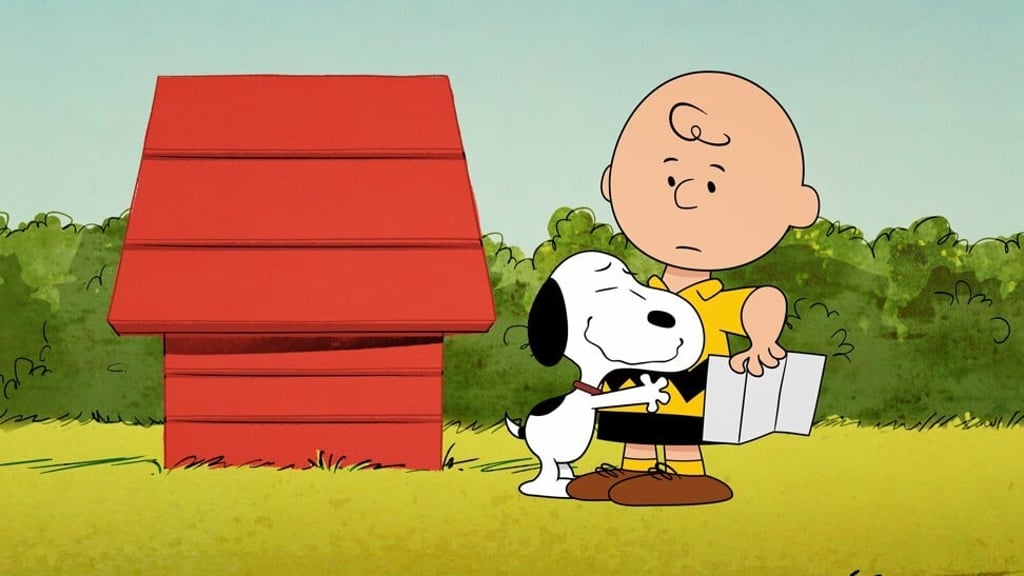Animated series The Snoopy Show on Apple TV+ stays true to Peanuts, the iconic Charles Schulz cartoon strip
- No adult talk, just the sound of trombones. No technology from after the 1970s. And never show the inside of Snoopy’s doghouse: such are The Snoopy Show rules
- After all, who would mess with a cartoon strip as iconic as Peanuts? Apple team felt nervous turning episodes into animations, such is the reverence for Schulz

Peanuts star Snoopy is famous for being a highly imaginative dog, liable at to go off on loony flights of fancy. But, it turns out, his world has some strict rules.
No adults can be heard there, just trombones. No technology past the 1970s can be used. And under no circumstances may the inside of Snoopy’s doghouse ever be shown.
Creators of the new animated series The Snoopy Show had to learn and respect all the rules as they crafted stories for Apple TV+ that were true to the original strips and various previous shows.
“I think the rules have actually made the story so much stronger,” says Stephanie Betts, an executive vice-president at media company WildBrain. “And actually, we realised it was so much wider than you can even imagine.”

The series, which debuted on Friday, consists of three seven-minute vignettes per 23-minute episode. They are mined from the almost 18,000 strips cartoonist Charles Schulz left behind.